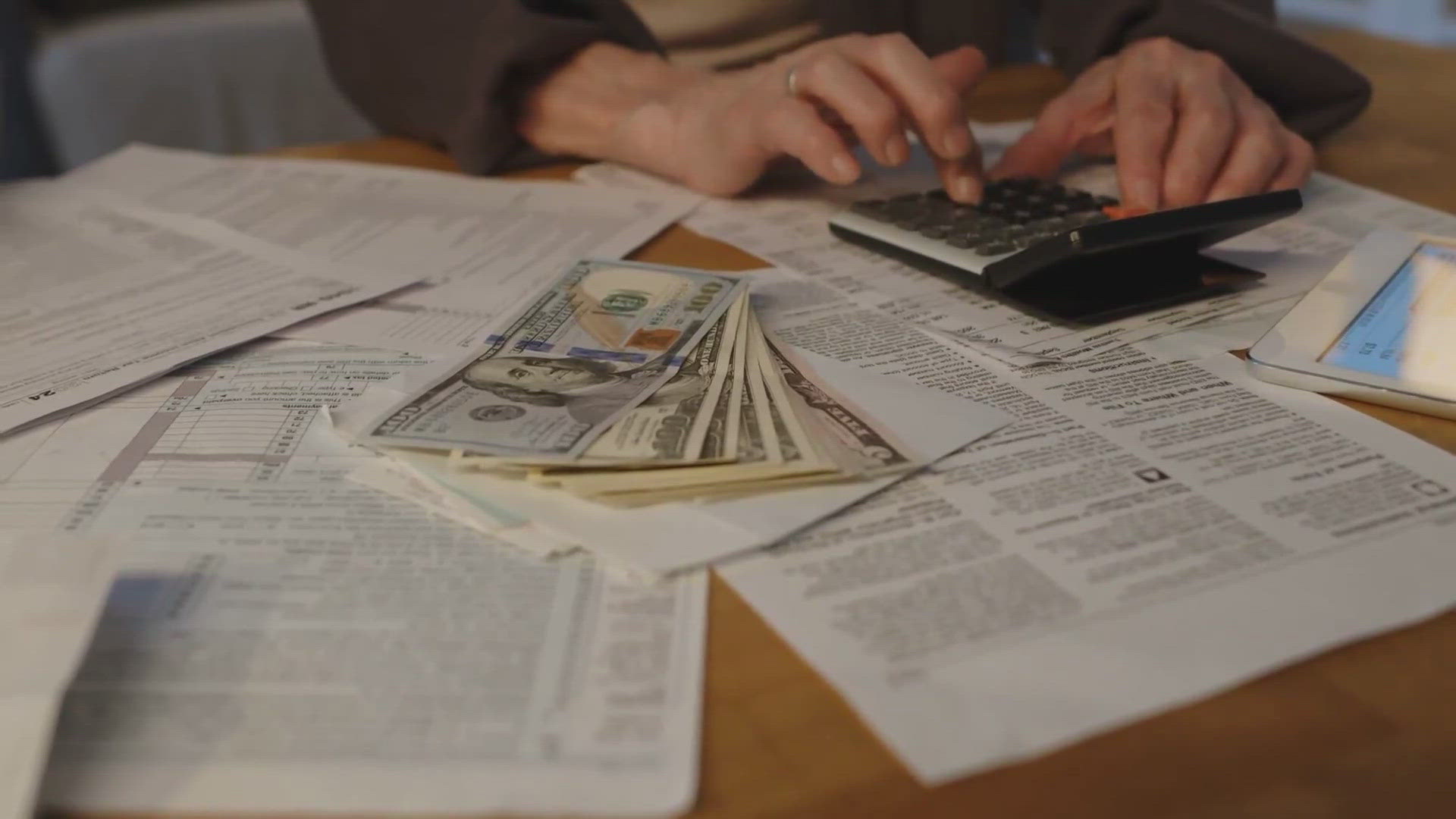SACRAMENTO, Calif — California’s bench of judges and justices is growing more diverse, according to data released this week by the state’s governing body for the court system. Amid brightly colored graphs and charts, the Judicial Council touted adding more women and people of color to its ranks over the past 15 years.
Women now represent nearly 38% of judicial officers at all levels — trial and appellate courts, as well as the state’s highest court, the new data show.
However, the statistics paint a less rosy picture of California’s lower courts. Superior Courts, or trial courts — where Californians mostly interact with the judicial system — are still overwhelmingly white. The same is true for the state’s six Courts of Appeal. California’s most diverse court is the seven-member Supreme Court. Over 40% of the Supreme Court justices are women, and more than half are people of color.
“I think the needle has moved somewhat, but not nearly as much as it should have, particularly at the trial court level,” said retired Superior Court Judge Brenda Harbin-Forte, the first woman presiding judge of the Alameda County Juvenile Court. Harbin-Forte launched California’s first summit on judicial diversity in 2006.
Many of the racial and ethnic groups that saw an increase in representation still do not match their population percentages in the state, according to data from the Judicial Council.
For instance, Latino judges and justices are significantly underrepresented on California’s bench, the data show. Latinos account for 39% of the state’s population, yet only represent 11% of judges and justices. The gap is especially pronounced in some of California’s small, rural counties. In Merced, Madera and Kings counties, for instance, Latinos make up the majority of the population, but there are no Latino trial court judges. Out of all 58 counties, 28 have no Latinos on their Superior Court benches.
Jody Armour, a law professor at the University of Southern California, said the fact that at least half of a county’s likely litigants are Latino — yet no judges who will adjudicate their claims are Latino — is “just alarming on its face.”
“The trial judges, those are the ones that are seeing the citizens in the most personal and direct way,” he said.
The Judicial Council report did show some progress in diversifying the bench. While white judges made up 70% of all California judges in 2006, they made up 65% in 2020. At the same time, the percentage of Asian, Black and Hispanic judicial officers has nearly doubled over the same period.
In California, judicial appointments are made by the governor when someone leaves. Those appointees eventually face elections when their terms are up. The California Supreme Court and Courts of Appeal justices serve 12-year terms; Superior Court terms are six years.
Governors often receive hundreds of applications for a small number of appointments. State law requires governors to submit appointment data showing the number of applicants and appointments by demographic data. The data show no shortage of diverse applicants.
“We are reliant…on the governor because 95% of judges are sitting where they are sitting because of judicial appointments, not by judicial elections,” said Chief Justice Tani G. Cantil-Sakauye, also chair of the Judicial Council of California. Cantil-Sakauye is the first Asian-Filipina American and California’s second woman chief justice. She was appointed to the Supreme Court by Former Gov. Arnold Schwarzenegger.
Schwarzenegger appointed more than 600 judges during his tenure; 27% were people of color, and 34% were women. Former Gov. Jerry Brown appointed 644 judges, with nearly 40% people of color and 44% women. So far, Gov. Gavin Newsom has made 78 appointments. Half were women, and 56% were people of color, according to the governor’s judicial appointment report.
“Diversity didn’t rise to the top of a governor’s concerns list until probably Gov. Schwarzenegger’s second term,” wrote David A. Carrillo, executive director of Berkeley Law’s California Constitution Center, in an email response to CalMatters. “It was a major priority for Gov. Brown. Gov. Brown left practically no judicial vacancies, so although Gov. Newsom is making it a priority, his administration has not had much of an opportunity yet.”
Newsom has made his mark on the state’s highest court by appointing,Justice Martin Jenkins last October, the first openly gay state Supreme Court Justice.
Brown also shaped the state’s highest court by appointing four of the seven justices.The California Supreme Court is one of the most diverse state Supreme Courts in the country.
But that diversity did not quickly trickle down to the lower courts.
The Courts of Appeal are 73% white only and 61% male, according to data from the Judicial Council. Trial courts are 63% male and 65% white. One apparent factor is the lack of diverse practicing attorneys in California. According to a recent report from the State Bar of California, people of color represent just 32% of practicing attorneys in California. About 7% of practicing attorneys in California are Latino, the report stated.
“You have to be intentional to find candidates,” said Justice Jenkins, who traveled to various counties as Gov. Newsom’s judicial appointment secretary, looking for potential candidates.
Lorrina M. Duffy, president of the Latina Lawyers Bar Association in Pasadena, said Jenkins’ efforts were instrumental in the push to get more Latinas on the bench.
“I think I’ve seen more movement in the last year and a half than I’ve seen in any year prior,” Duffy said.
In the past few years, the Judicial Council created a diversity tool kit, featuring seminars and mentorship opportunities, in an effort to make the bench more diverse. The Legislature also has chimed in on the issue, issuing a report in 2019 detailing obstacles to a more diverse judiciary and possible solutions.
However, USC professor and attorney Jody Armour said the solution to diversifying the courts is not all that complex.
“At the end of the day, it’s just a question of will,” said Armour. “At some point, just get it done and stop making excuses.”
WATCH MORE FROM ABC10: With growing anti-Asian sentiment, Sacramento State conference offers support for youth



